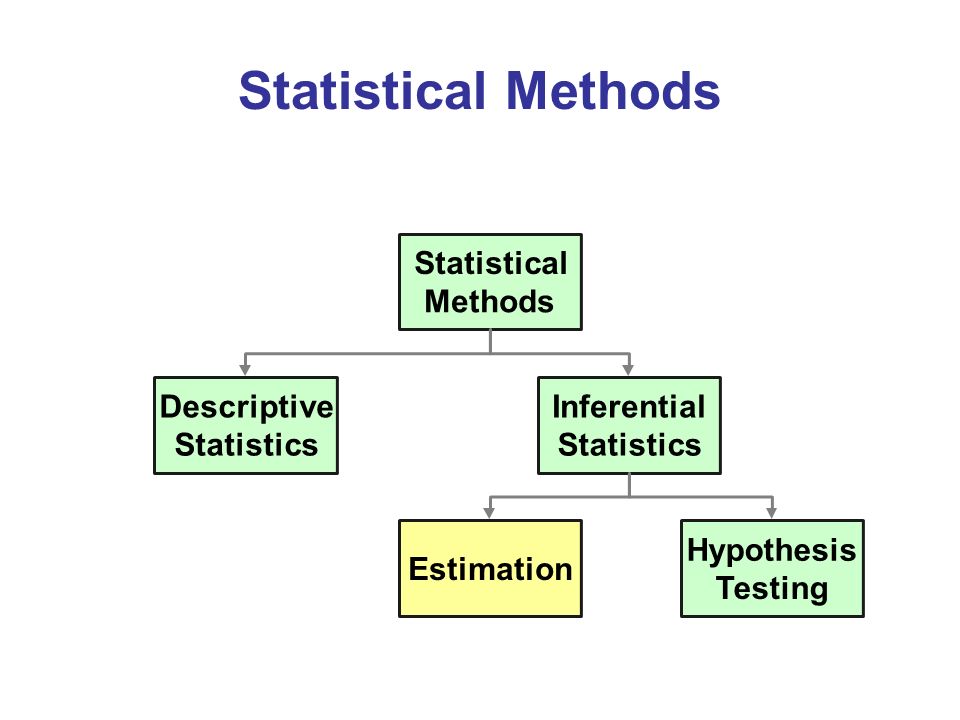We present a method for assessing the sensitivity of the true causal effect to unmeasured confounding. The method requires the analyst to specify two intuitive parameters. Otherwise, the method is assumption-free. The method returns an interval that contains the true causal effect. Moreover, the bounds of the interval are sharp, i.e. attainable. We show experimentally that our bounds can be sharper than those obtained by the method of Ding and VanderWeele (2016). Finally, we extend our method to bound the natural direct and indirect effects when there are measured mediators and unmeasured exposure-outcome confounding.
翻译:我们提出了一个方法来评估真实因果关系对无法测量的混乱的敏感性。 方法要求分析师指定两个直觉参数。 否则, 方法是无假设的。 方法返回一个包含真实因果关系的间隔。 此外, 间隔的界限是尖锐的, 也就是说可以实现的。 我们实验性地显示, 我们的界限可能比用丁和范德韦勒的方法获得的界限要清晰。 最后, 当有测量的调解人和未测量的暴露结果时, 我们的方法可以将自然直接和间接影响捆绑起来。




